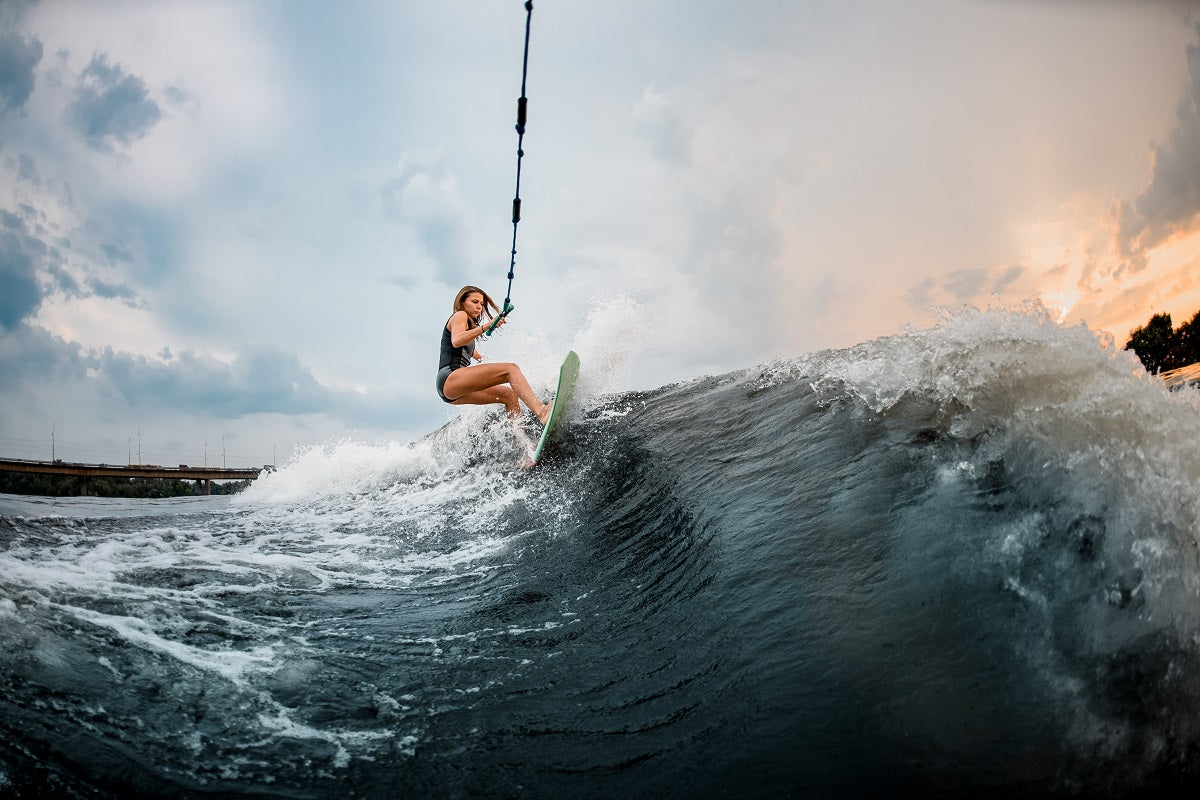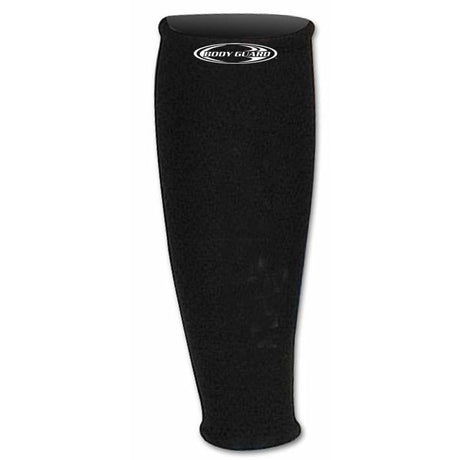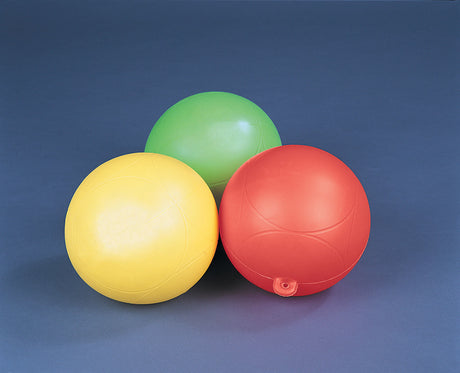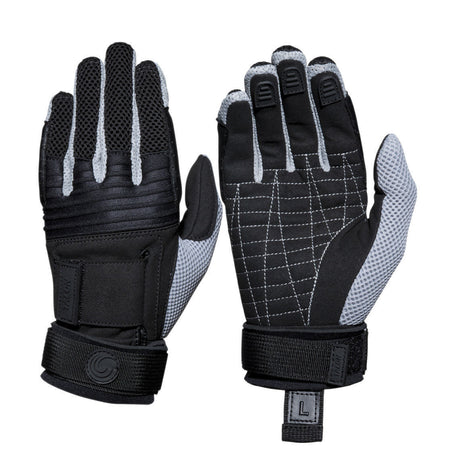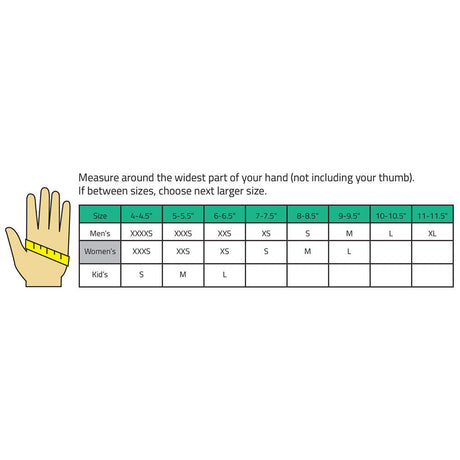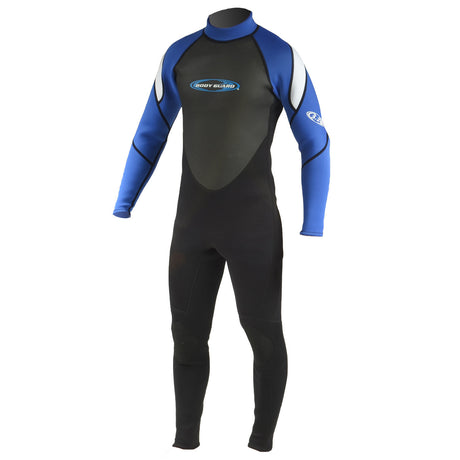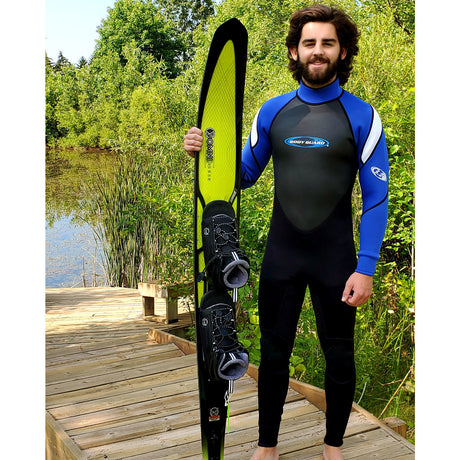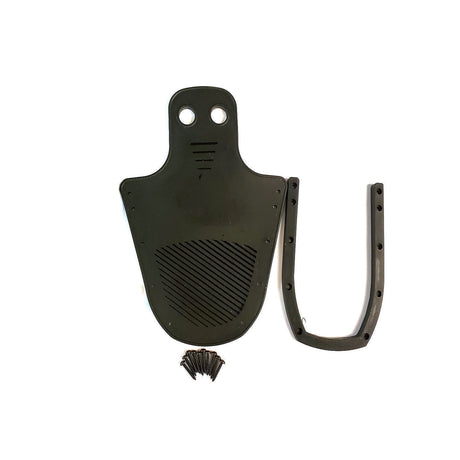Wakeboarding and wakesurfing have been around for decades. It all started in the 50s and 60s, when surfers realized they could catch waves behind any boat -- given the right conditions.
How to Create a Bigger Boat Wake
Since then, riders have focused on getting bigger and better waves behind the boat. But how do you create the perfect wake? Let's dive in.
#1: Add More Ballast (Weight)
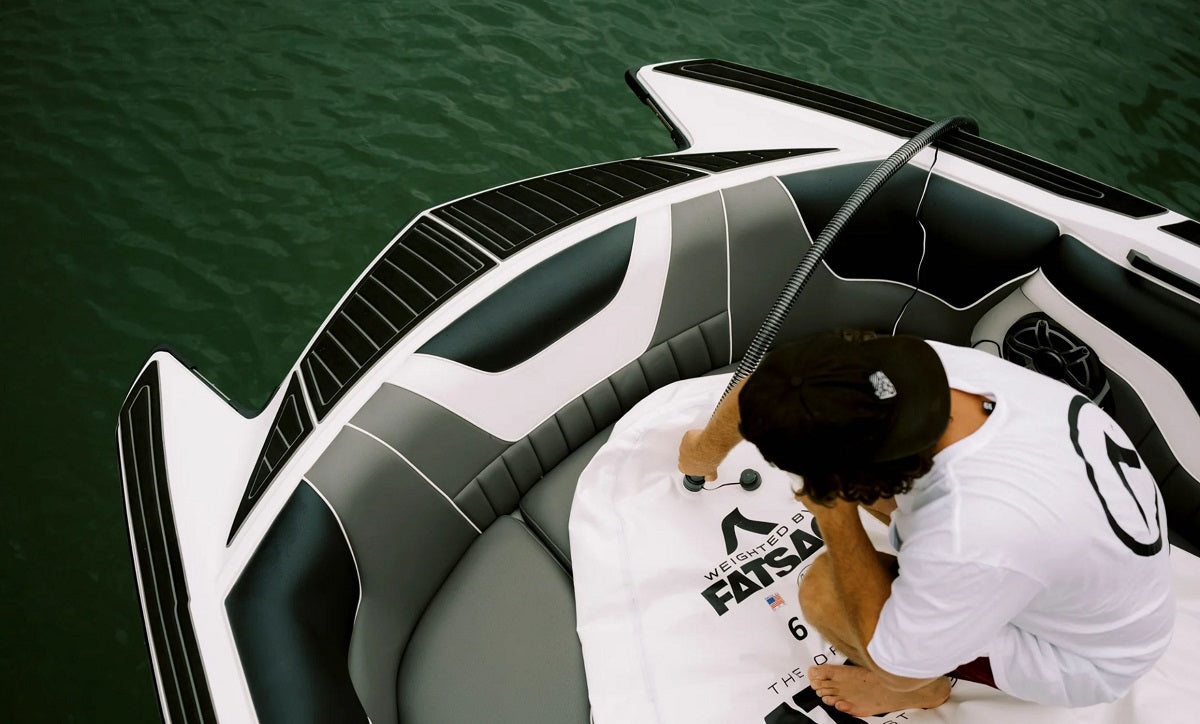
Pictured: FatSac Open Bow Triangle Ballast
It's simple: More weight equals more wave. In fact, the boat's displacement of water is what contributes the most to making big waves. The deeper the boat hull rides in the water, the more water it displaces.
Short of simply buying a bigger boat, the most effective way to increase displacement is with ballast: Dense material used to add dead weight to the boat, placing it deeper in the water.
Modern ballast bags are the answer to conveniently adding weight. These heavy-duty bags are shaped to fit neatly inside the hull without taking up too much space. Ballast bags are shaped to fit at the bow -- the front of the boat -- or in the stern (rear deck), up against the transom.
Steel and lead shot was once used to add weight. But now, most ballast bags are filled with water via an electric pump after you launch your boat.
#2: Install a Wake Shaper
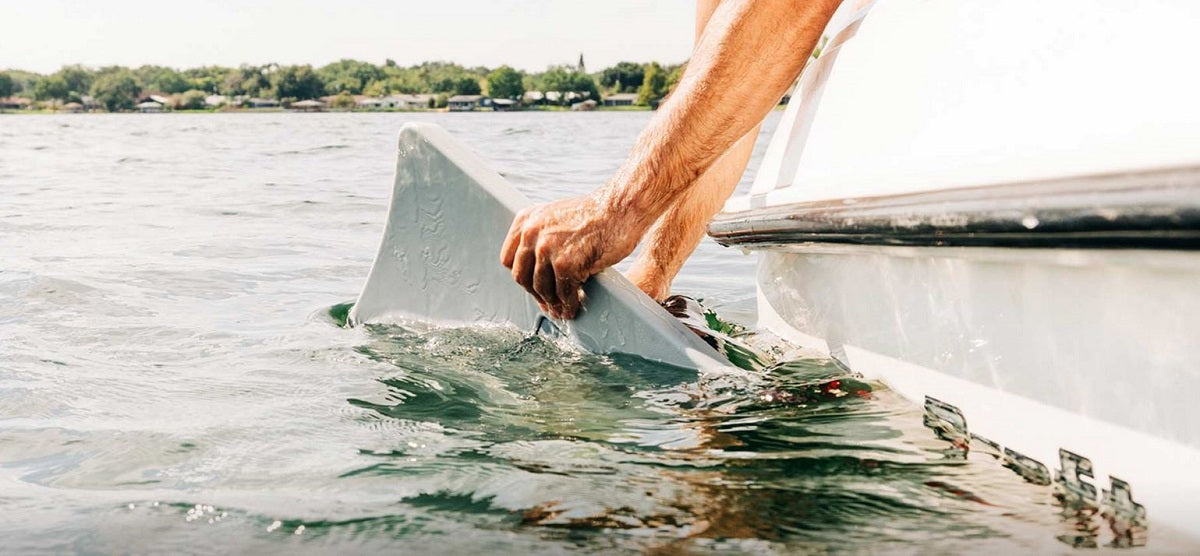
Pictured: Liquid Force Wakesurf Edge Inline Wake Shaper
Adding displacement may be the most effective way to make bigger wakes, but shaping all that water for better riding and airtime is just as important for achieving the perfect wake.
Wake shapers (also called enhancers) are the key. These devices attach to the rearward hull of the boat using powerful suction cups. Equipped with large fins, wake shapers direct the water being displaced behind the boat up and outward, focusing it to form a bigger wave.
But wake shapers do far more than just make a bigger wave. They can be oriented to direct water to one side of the boat, transforming the two natural wakes that form into one larger wave.
Wake shapers also reduce turbulence, creating a smoother wave that's easier and more enjoyable to ride.
#3: Find Deep Water
Some water simply isn't deep enough to support big wakes. Shallow water (under 15 feet) should be avoided. Before launching, it pays to look at your local lake's depth maps. Find where the water's at least 15 feet deep, and plan where to wakeboard and wakesurf accordingly.
#4: Get Right Length of Tow Rope

The correct length of tow rope depends on whether you're wakeboarding or wakesurfing. Either way, using a wake rope that's the correct length is key to ensuring the rider gets into the "sweet spot" on the wake.
The proper rope length will place the rider just in front of the whitewater breaking atop the wake. The board should rest near the top of the wake's barrel, where the surface is rolling smooth.
Rope length will need to be adjusted for your specific setup but, generally, the ideal rope length for wakesurfing is between 10 and 15 feet. For wakeboarding, you'll need between 65 and 85 feet of rope.
Making The Big Wake Work
Dialing in your wake shaper, adding ballast, and picking the perfect spot to ride are just one half of the equation. You, the rider, need to learn to take full advantage of all that wake.
Now it's time to learn how to jump the wake. Make sure you've got the right wake rope and handle, too (read more about it here).

